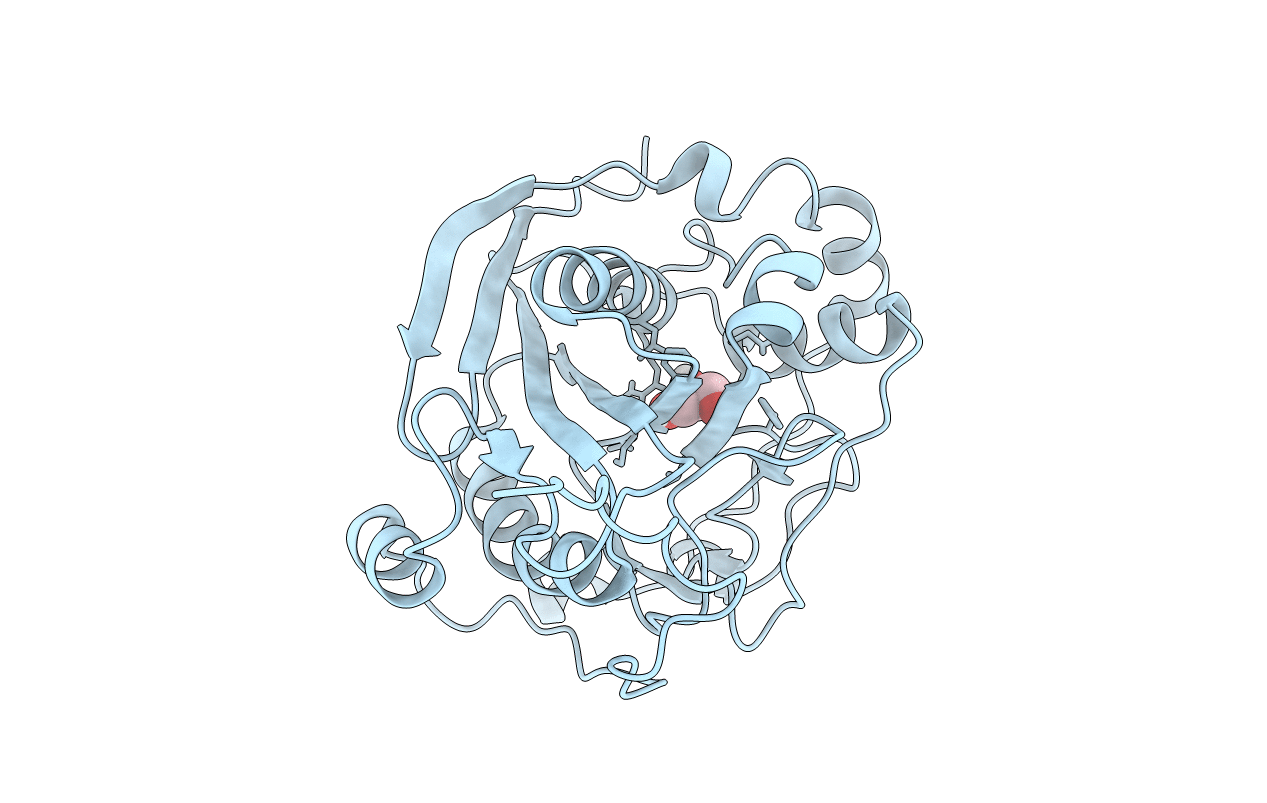
Deposition Date
2018-03-07
Release Date
2018-10-10
Last Version Date
2024-11-06
Entry Detail
PDB ID:
6FWT
Keywords:
Title:
Crystal structure of human wild type beta-1,4-galactosyltransferase-1 (B4GalT1) in apo-open monomeric form
Biological Source:
Source Organism:
Homo sapiens (Taxon ID: 9606)
Host Organism:
Method Details:
Experimental Method:
Resolution:
1.85 Å
R-Value Free:
0.21
R-Value Work:
0.16
R-Value Observed:
0.16
Space Group:
P 2 21 21


